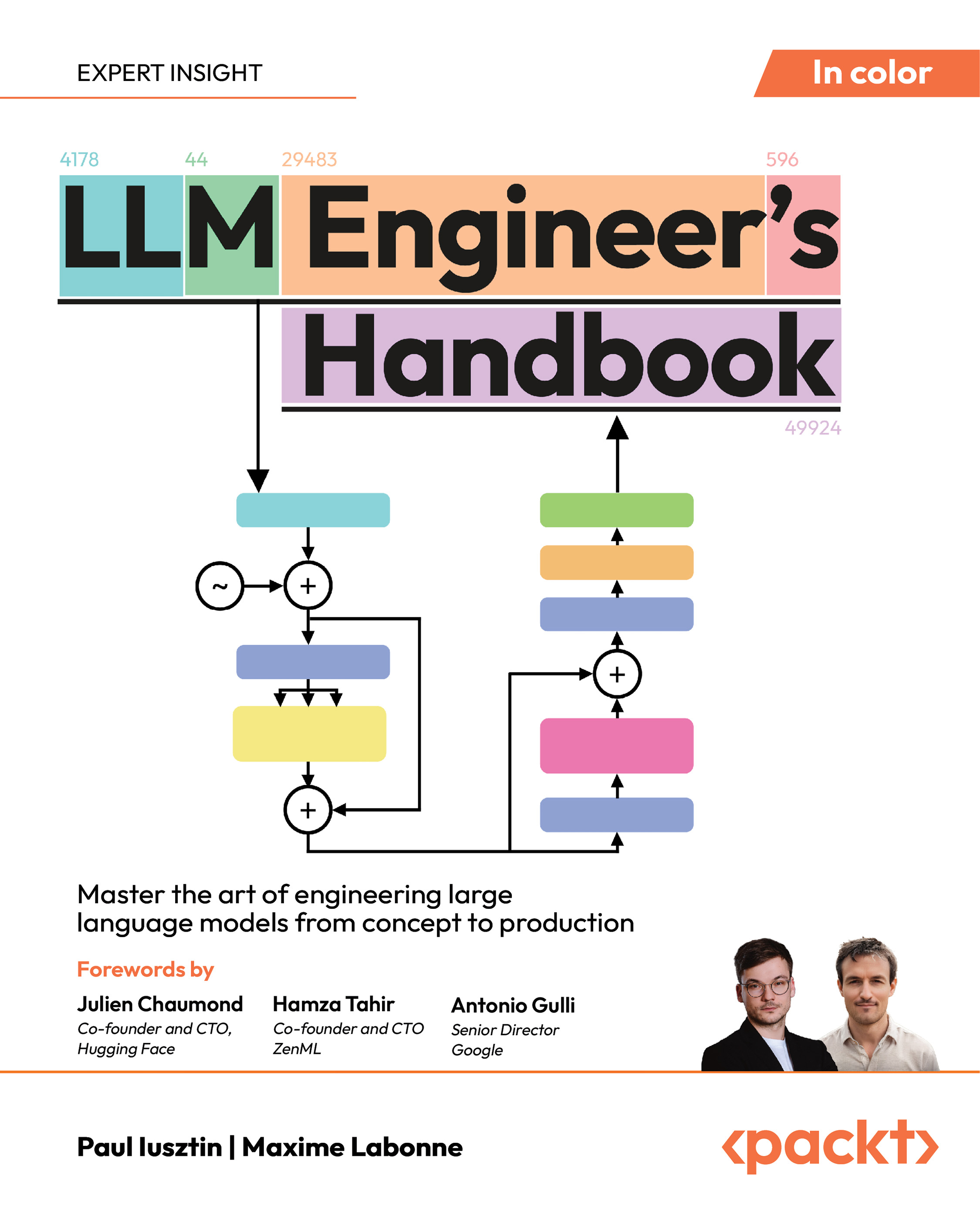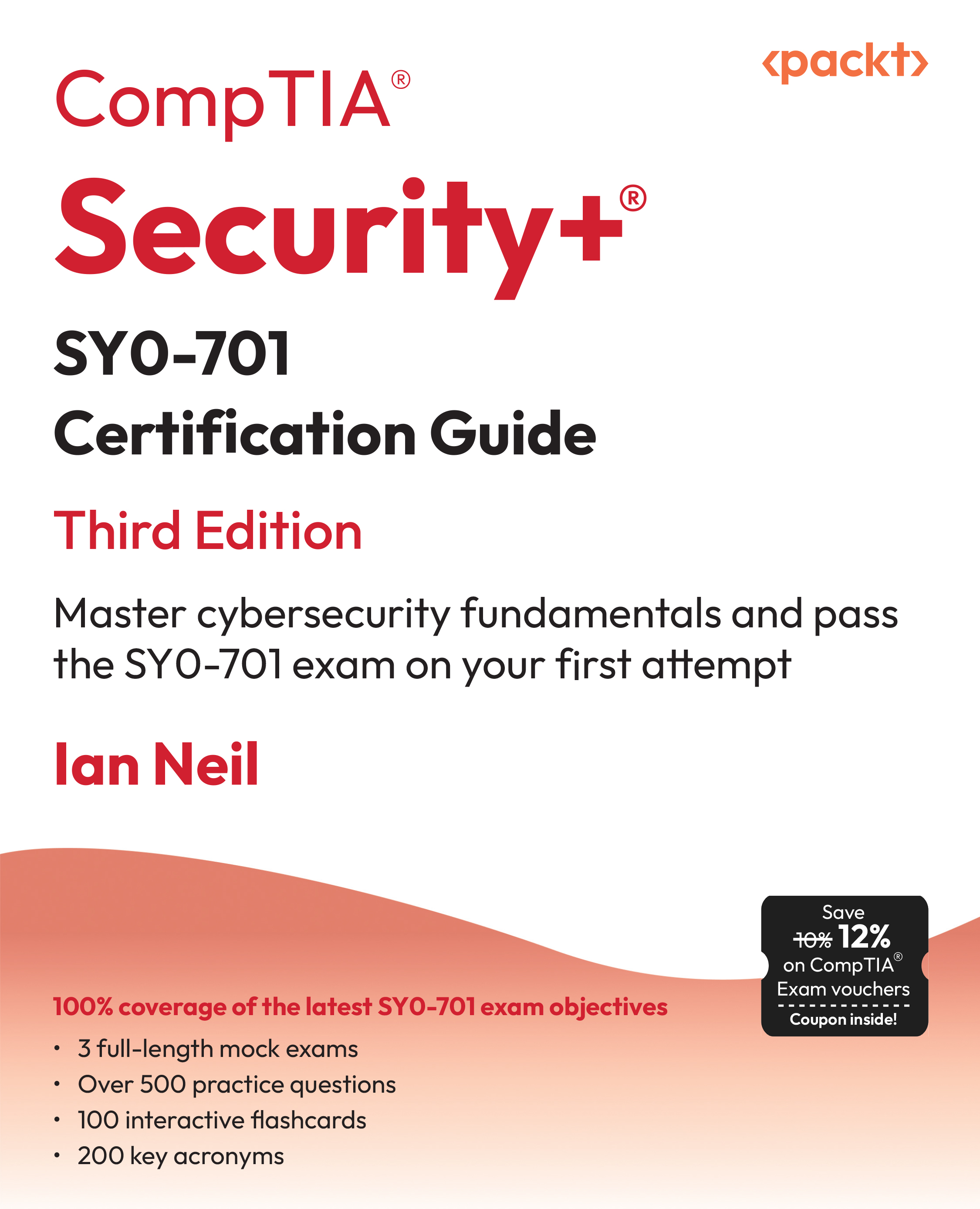Object animation
We will first look at the animation of objects as a whole. The most common ways to animate an object are rotation and translation (movement). We will begin by creating a class that will interpolate a position and rotation value between two extremes over a given amount of time. We could also have it interpolate between two scaling values, but it is very uncommon for an object to change size in a smooth manner during gameplay, so we will leave it out for simplicity's sake.
The ObjectAnimation class has a number of parameters—starting and ending position and rotation values, a duration to interpolate during those values, and a Boolean indicating whether or not the animation should loop or just remain at the end value after the duration has passed:
public class ObjectAnimation
{
Vector3 startPosition, endPosition, startRotation, endRotation;
TimeSpan duration;
bool loop;
}
We will also store the amount of time that has elapsed since the animation began, and the current position and rotation values:
TimeSpan elapsedTime = TimeSpan.FromSeconds(0);
public Vector3 Position { get; private set; }
public Vector3 Rotation { get; private set; }
The constructor will initialize these values:
public ObjectAnimation(Vector3 StartPosition, Vector3 EndPosition,
Vector3 StartRotation, Vector3 EndRotation, TimeSpan Duration,
bool Loop)
{
this.startPosition = StartPosition;
this.endPosition = EndPosition;
this.startRotation = StartRotation;
this.endRotation = EndRotation;
this.duration = Duration;
this.loop = Loop;
Position = startPosition;
Rotation = startRotation;
}
Finally, the Update() function takes the amount of time that has elapsed since the last update and updates the position and rotation values accordingly:
public void Update(TimeSpan Elapsed)
{
// Update the time
this.elapsedTime += Elapsed;
// Determine how far along the duration value we are (0 to 1)
float amt = (float)elapsedTime.TotalSeconds / (float)duration.
TotalSeconds;
if (loop)
while (amt > 1) // Wrap the time if we are looping
amt -= 1;
else // Clamp to the end value if we are not
amt = MathHelper.Clamp(amt, 0, 1);
// Update the current position and rotation
Position = Vector3.Lerp(startPosition, endPosition, amt);
Rotation = Vector3.Lerp(startRotation, endRotation, amt);
}
As a simple example, we'll create an animation (in the Game1 class) that rotates our spaceship in a circle over a few seconds:
Unlock access to the largest independent learning library in Tech for FREE!
Get unlimited access to 7500+ expert-authored eBooks and video courses covering every tech area you can think of.
Renews at $19.99/month. Cancel anytime

We'll also have it move the model up and down for demonstration's sake:
ObjectAnimation anim;
We initialize it in the constructor:
models.Add(new CModel(Content.Load<Model>("ship"),
Vector3.Zero, Vector3.Zero, new Vector3(0.25f), GraphicsDevice));
anim = new ObjectAnimation(new Vector3(0, -150, 0),
new Vector3(0, 150, 0),
Vector3.Zero, new Vector3(0, -MathHelper.TwoPi, 0),
TimeSpan.FromSeconds(10), true);
We update it as follows:
anim.Update(gameTime.ElapsedGameTime);
models[0].Position = anim.Position;
models[0].Rotation = anim.Rotation;
 United States
United States
 Great Britain
Great Britain
 India
India
 Germany
Germany
 France
France
 Canada
Canada
 Russia
Russia
 Spain
Spain
 Brazil
Brazil
 Australia
Australia
 Singapore
Singapore
 Canary Islands
Canary Islands
 Hungary
Hungary
 Ukraine
Ukraine
 Luxembourg
Luxembourg
 Estonia
Estonia
 Lithuania
Lithuania
 South Korea
South Korea
 Turkey
Turkey
 Switzerland
Switzerland
 Colombia
Colombia
 Taiwan
Taiwan
 Chile
Chile
 Norway
Norway
 Ecuador
Ecuador
 Indonesia
Indonesia
 New Zealand
New Zealand
 Cyprus
Cyprus
 Denmark
Denmark
 Finland
Finland
 Poland
Poland
 Malta
Malta
 Czechia
Czechia
 Austria
Austria
 Sweden
Sweden
 Italy
Italy
 Egypt
Egypt
 Belgium
Belgium
 Portugal
Portugal
 Slovenia
Slovenia
 Ireland
Ireland
 Romania
Romania
 Greece
Greece
 Argentina
Argentina
 Netherlands
Netherlands
 Bulgaria
Bulgaria
 Latvia
Latvia
 South Africa
South Africa
 Malaysia
Malaysia
 Japan
Japan
 Slovakia
Slovakia
 Philippines
Philippines
 Mexico
Mexico
 Thailand
Thailand















